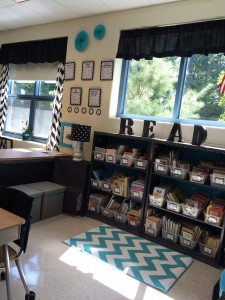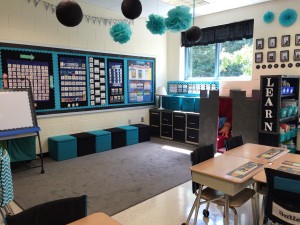
Part I
“There are two types of education… One should teach us how to make a living, and the other how to live.”
– John Adams
A lot has changed with ‘making a living’ since Adams first spoke these words. At the rate technology is growing, we are now educating children for jobs that don’t yet exist. The question we need to ask is whether our current education model meets the need of preparing for the unknown.
As a nation we are currently continued to test based accountability meaning a greater emphasis on measurement. With measurement comes focus on definition, including outputs, terms, concepts, or skills, representing a sizable portion of the average curriculum. The upside of measurement is the acquisition of knowledge for the student and accountability for a system which is sorely lacking. It’s the limitations we also want to consider, since the future of job preparation may not be covered by what student know.
The main limitation of an educational system predominantly based on ‘what’ should be learned (#CommonCore), is decreasing attention to how the learning takes place. The emphasis on ‘what’ means we define, label, categorize and subcategorize as instruments for memorization and hopefully application, which works well for the skilled laborers. Unfortunately the demand for this occupational type is rapidly shrinking, while jobs requiring critical thinking skills are growing.
Critical thinking relies on questions of ‘how’ as opposed to ‘what, such as discrimination, synthesis, analysis and other essential thinking processes. We never would have figured out how to fly or mapped the human genome if we were limited to pre-existing labels. Scientific inquiry begins with reviewing the outliers, the things that don’t fit in the box, and figuring out why. An education based on neatly categorized, searchable content doesn’t guide us in that direction.
With pressures of time and outcome, teachers are influenced toward this data driven model of teaching because they know their own grading is measured this way. Teachers are the first to tell you however that this approach can be restrictive for students and boring for educators, who want to delve deeper and stimulate with creativity. What choice is there when our entire paradigm is based on the acquisition of information, measured by our mastery of ‘what’.
Thus, the next time you decide to look something up on google or ask your students to do the same, take a moment to question if the gain is simply ‘what’, or there is a way of including some element of ‘how’. A well prepared student for occupation success is going to rely on both sets of tools to navigate a rapidly changing future.
















